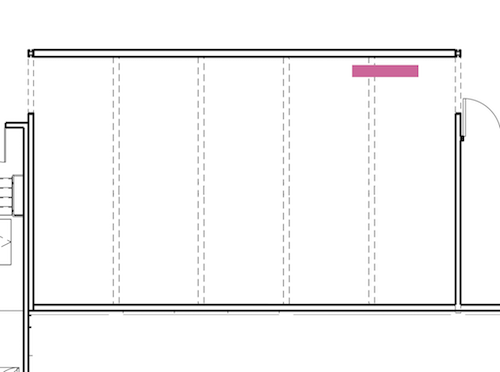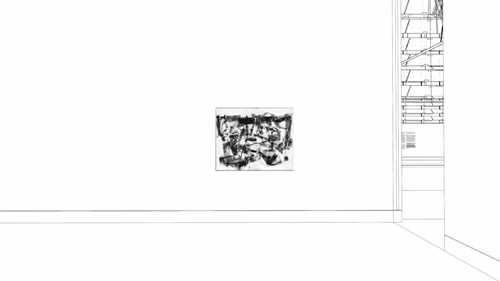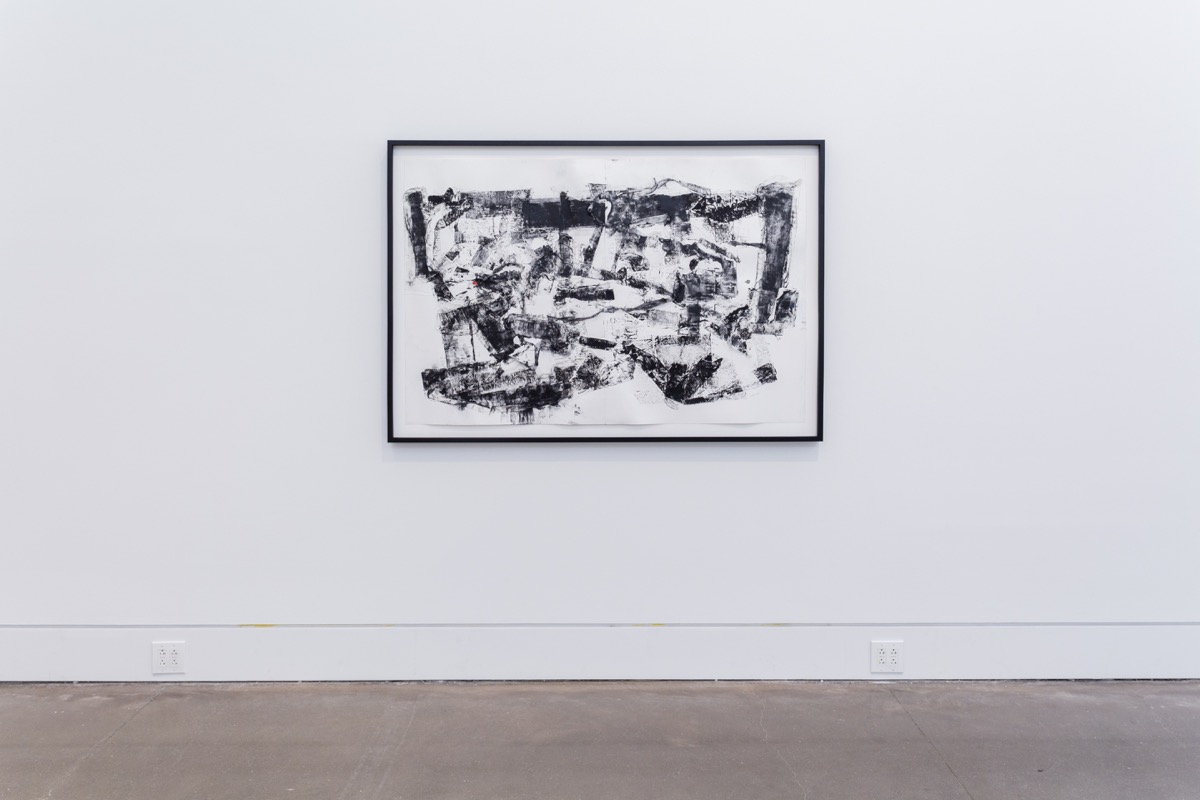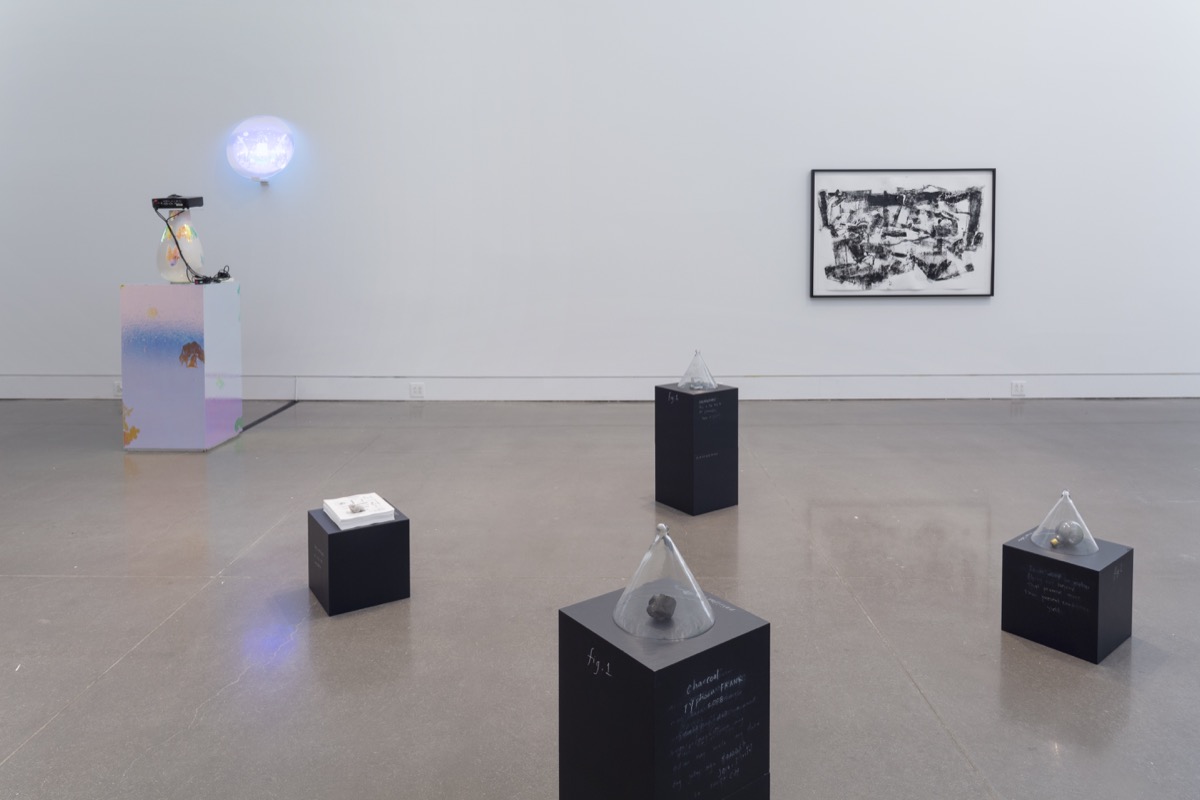| Cullen Washington Jr. |  |
|||
| For eight years I have been working toward communicating the theme of humanity using the grid. Compositionally, the grid is an armature that allows me generous flexibility. I can fluidly hinge any mark on an axis and be confident in its relation to future contingent marks. Because of the grid's lateral nature, it allows me a sense of expansion. Depending on my choice of scale, the modular aspects of the creative process can be constrained or expanded in any direction. For me, philosophically, the grid is a summary of harmonious human interrelationships. It allows for a frictionless non-hierarchical view of humanity. It resolves the problem of identity and difference by placing diverse components on one flat plane while still maintaining the integrity of each one. In this concept of identity, people are accepted exactly as they are. Identity is opaque. If seen laterally with no origin as with the grid, people and cultures are intermixed, exchanging traits and qualities among one another, none being better than the rest. |
||||
 |
I operate using a combination of methods including visualization, strategy and intuition. The works begin with an idea. Then, assemblages are made using tape, acrylic, plastic, cardboard, string and any other relevant material. The materials are chosen for their dimensional qualities; they will be transferred from a shallow relief to a more graphic mode via the printmaking process. These new collographs are embedded in the language of the collaged painting. Painting becomes a means to an end as opposed to an end unto itself. These new works are again assembled and collaged with drawing and painting marks. The shape and form of the work is dictated by a predetermined idea—an image in my mind's eye, unsketched, to allow for innovation and variation during production. There's always a strategy for implementation. In the Agora 2, the strategy was the Rorschach ink-blot. The first completed half would serve as a guide to mirror the second half of the work. | |||
| To me, "volumes" implies a relationship to history and therefore a continuum of time and space and the events that transpire between these two phenomena. The grid could be understood as a the lattice of time and space, where any event, whether lexical, physical or visual, sometimes poignant and tragic and other times celebratory, takes place. |  |
|||
| prev | Cullen Washington Jr. (b. 1972, Alexandria, Louisiana) earned his MFA from the School of the Museum of Fine Arts at Tufts University (2009) and a BA from Louisiana State University (1994). He has exhibited extensively throughout the United States and in Europe including exhibitions at The Queens Museum, NY (2018); The Contemporary Arts Museum Houston, Texas (2014); Saatchi Gallery in London, UK (2014); and The Studio Museum in Harlem, New York (2013 and 2012). He will be an artist in residence at The Joan Mitchell Foundation New Orleans (2018) and has been artist in residence at Amherst College (2016-17), the Fountainhead Residency (2016), The Studio Museum in Harlem (2013), Rush Arts Gallery (2012), Yaddo (2011), and Skowhegan School of Painting and Sculpture (2010). He is the recipient of a Joan Mitchell Foundation Award (2009) and a Bartlett and Montague Travel Grant (2008). His work has been written about in Art21 Magazine, The New York Times, The International Review of African American Art, The Boston Globe, and Art New England. His work can be found in numerous public and private collections including The Metropolitan Museum of Art, Studio Museum, Charles Saatchi Gallery, and the Alexandria Museum of Art, Louisiana. He works in Long Island City, Queens. | next | ||
| prev | next | |||



